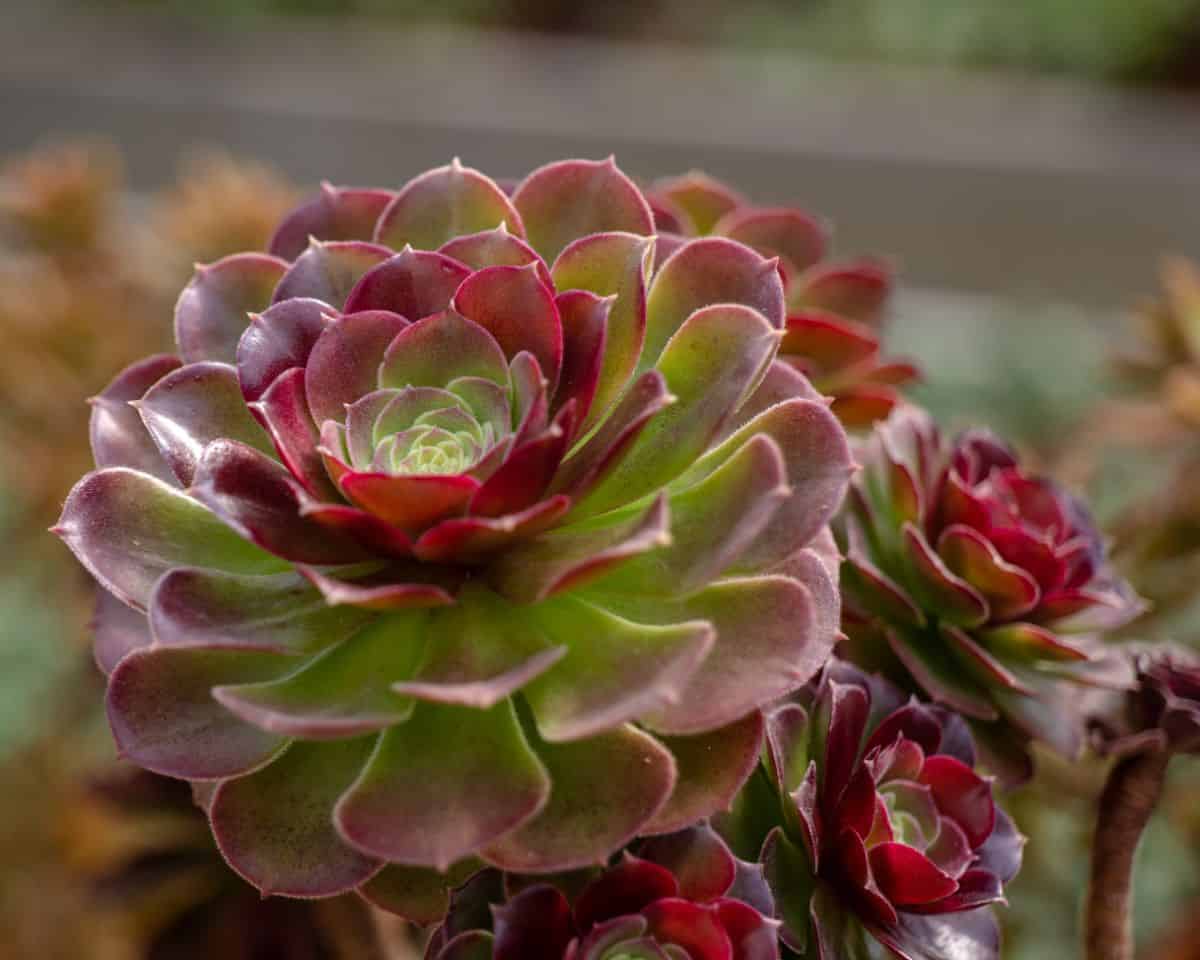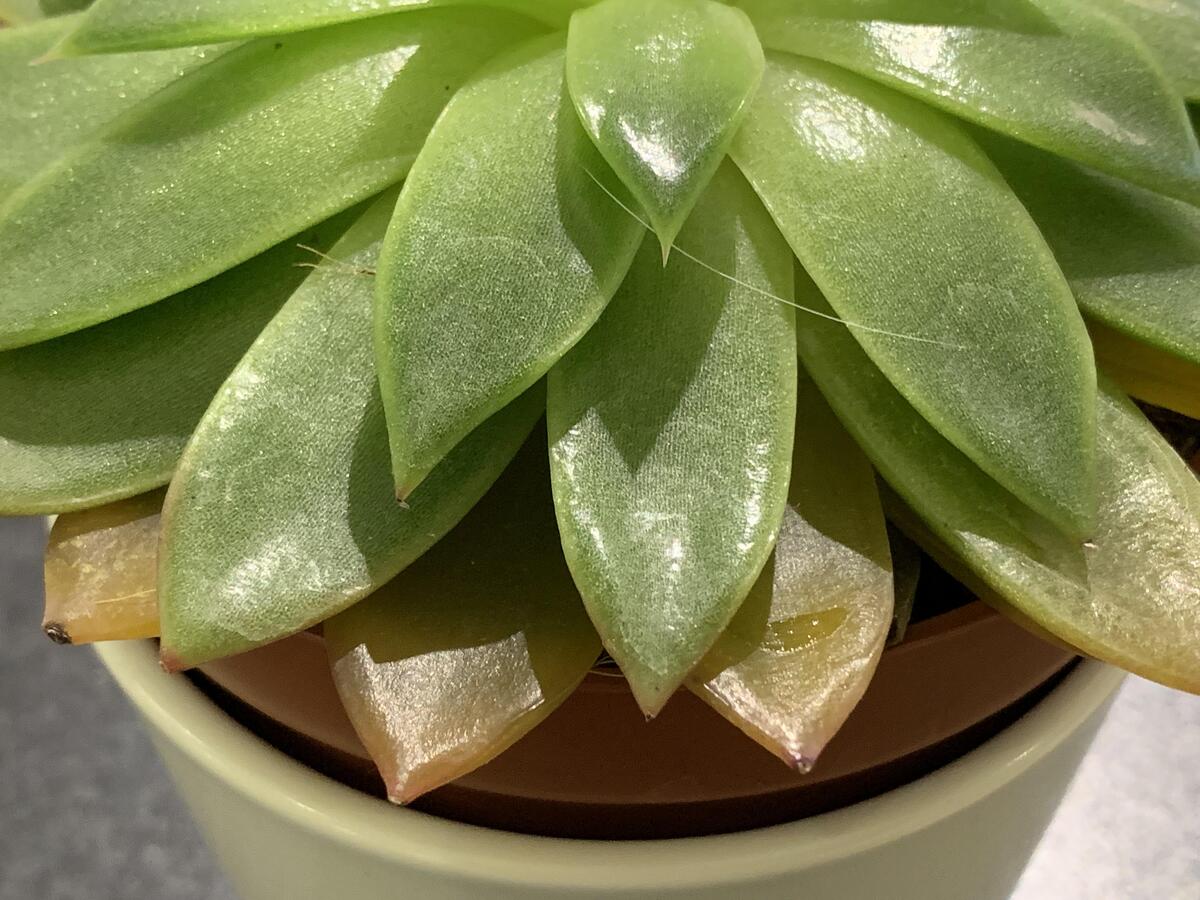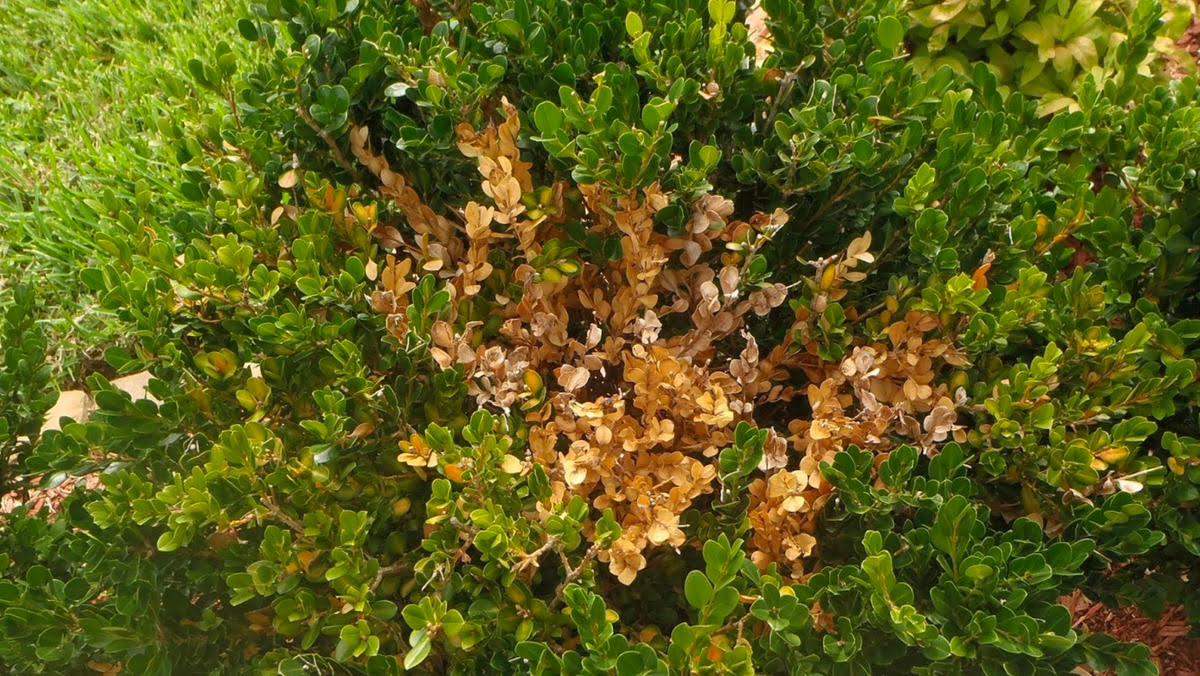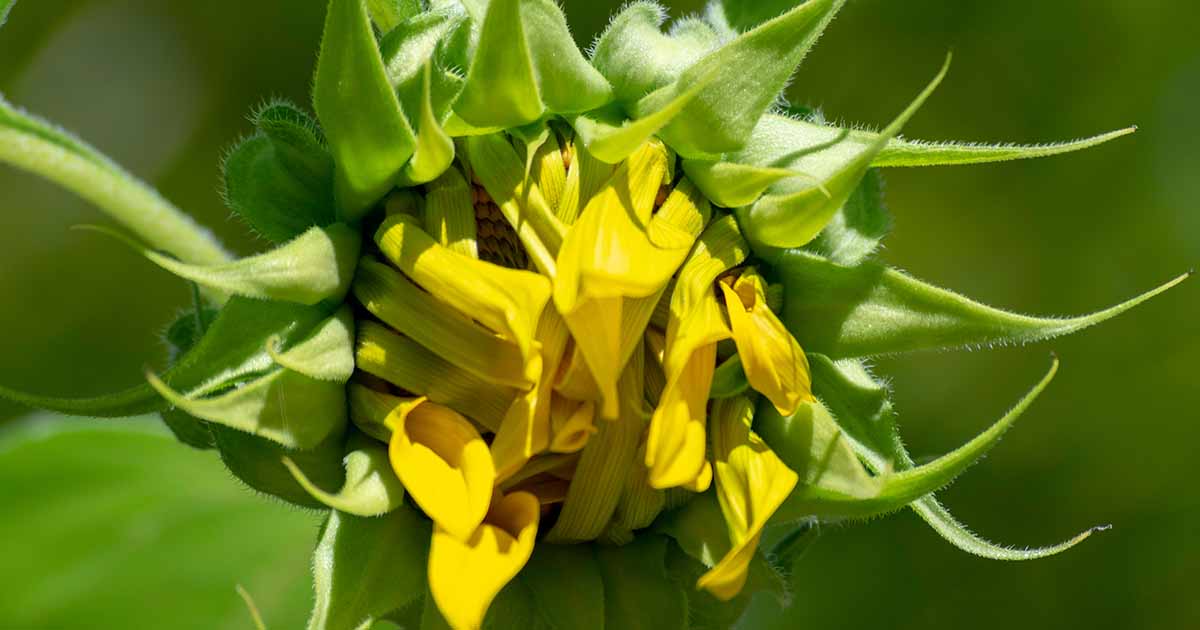Home>Types of Gardening>Edible Gardening>Why Is My Rosemary Plant Turning Black


Edible Gardening
Why Is My Rosemary Plant Turning Black
Published: January 29, 2024
Discover why your rosemary plant is turning black and how to prevent it in your edible gardening journey. Get expert tips for healthy rosemary plants.
(Many of the links in this article redirect to a specific reviewed product. Your purchase of these products through affiliate links helps to generate commission for Chicagolandgardening.com, at no extra cost. Learn more)
Table of Contents
**
Introduction
**
Rosemary, with its fragrant aroma and culinary versatility, is a beloved addition to any edible garden. However, witnessing your rosemary plant's leaves turning black can be disheartening and perplexing. This phenomenon may indicate underlying issues that require attention to restore the plant to its vibrant, healthy state. In this comprehensive guide, we will delve into the potential causes of a blackened rosemary plant, equipping you with the knowledge to identify, address, and prevent this concerning occurrence. Whether you are a novice gardener or possess seasoned green thumbs, understanding the factors contributing to the discoloration of your rosemary plant is essential for fostering a thriving garden.
Let’s embark on a journey to uncover the environmental, pest-related, and care-related factors that could be attributing to your rosemary plant’s distressing transformation. By gaining insights into these potential causes, you will be empowered to take proactive measures to nurture your rosemary back to its verdant glory.
Environmental Factors
The environmental conditions in which your rosemary plant thrives play a pivotal role in its overall health. Exposure to adverse weather patterns, inadequate sunlight, and extreme temperatures can contribute to the blackening of its leaves. When assessing the environmental factors impacting your rosemary plant, consider the following:
- Sunlight: Rosemary necessitates ample sunlight to flourish. If your plant is not receiving at least six to eight hours of sunlight daily, it may exhibit signs of distress, including blackened leaves. Ensure that your rosemary is situated in a location that receives abundant sunlight, especially during the morning hours.
- Temperature: Rosemary is resilient in warm climates but is susceptible to damage in freezing temperatures. Exposure to frost or chilly winds can lead to blackened foliage. Shield your rosemary plant from harsh weather conditions by relocating it to a sheltered area or covering it during cold spells.
- Soil Drainage: Inadequate soil drainage can result in waterlogged roots, leading to root rot and subsequent leaf discoloration. Confirm that your rosemary is planted in well-draining soil to prevent water accumulation around its roots.
By meticulously evaluating and optimizing the environmental factors influencing your rosemary plant, you can mitigate the risk of leaf blackening and foster an environment conducive to its flourishing.
Pests and Diseases
When confronted with a rosemary plant exhibiting blackened leaves, it is imperative to consider the possibility of pest infestations or disease. Pests and diseases can compromise the vitality of your plant, leading to aesthetic deterioration and potential long-term damage. Here are some key factors to contemplate:
- Aphids and Spider Mites: These minuscule pests are notorious for targeting rosemary plants, sapping their vital juices and causing leaf discoloration. Regularly inspect the undersides of the leaves for signs of these pests, such as webbing or sticky residue.
- Fungal Infections: Rosemary plants are susceptible to fungal diseases, such as powdery mildew and leaf spot, which can manifest as blackened patches on the foliage. Employing proper air circulation and avoiding overhead watering can help prevent these fungal afflictions.
- Root Rot: Excessive moisture in the soil can lead to root rot, compromising the plant’s ability to uptake nutrients and water. This can result in blackened leaves and overall wilting. Assess the soil moisture levels and consider adjusting your watering practices to prevent root rot.
By remaining vigilant for signs of pest activity and promptly addressing any potential disease concerns, you can safeguard your rosemary plant from succumbing to these detrimental factors, preserving its vibrancy and resilience.
Overwatering
Overzealous watering practices can precipitate detrimental consequences for your rosemary plant, including the development of blackened leaves. It is essential to strike a harmonious balance in watering to prevent waterlogged soil and root suffocation. Consider the following aspects related to overwatering:
- Soil Moisture: Rosemary thrives in well-draining, slightly dry soil. Overly moist soil can impede the root system’s oxygen intake, leading to root suffocation and subsequent leaf discoloration. Monitor the soil moisture levels and allow the top layer of the soil to dry out between watering sessions.
- Container Drainage: If your rosemary is potted, ensure that the container has adequate drainage holes to facilitate the elimination of excess water. Standing water in the pot can engender root rot and compromise the plant’s overall health.
- Watering Frequency: Assess your watering frequency and adjust it according to the plant’s needs and environmental conditions. During periods of high humidity or reduced sunlight, scale back on watering to prevent water accumulation in the soil.
By exercising prudence in your watering regimen and prioritizing the establishment of optimal soil moisture levels, you can shield your rosemary plant from the perils of overwatering, preserving its vigor and lustrous foliage.
Fertilizer Issues
The application of fertilizer is pivotal in nurturing the growth and vitality of your rosemary plant. However, improper fertilization practices can instigate leaf discoloration and compromise the plant’s overall well-being. Consider the following factors pertaining to fertilizer usage:
- Nutrient Imbalance: Excessive or deficient levels of essential nutrients, such as nitrogen, phosphorus, and potassium, can manifest as blackened leaves and stunted growth. Utilize a balanced, slow-release fertilizer specifically formulated for herbs to provide your rosemary with the requisite nutrients without overwhelming its system.
- Fertilizer Application: Adhere to the recommended guidelines for fertilizing rosemary, and avoid over-fertilization, which can induce chemical burns on the foliage. Apply the fertilizer evenly and at a safe distance from the plant’s base to prevent root damage.
- Organic Alternatives: Consider incorporating organic fertilizers, such as compost and well-decomposed manure, into your gardening practices. These natural amendments can enrich the soil and fortify your rosemary plant without the risk of chemical imbalances.
By exercising prudence in your fertilization regimen and prioritizing the provision of balanced, nourishing supplements, you can safeguard your rosemary plant from the perils of fertilizer-related issues, ensuring its robust growth and resplendent foliage.
Conclusion
As a diligent gardener tending to a blackened rosemary plant, it is paramount to recognize the multifaceted factors that can contribute to this concerning occurrence. By meticulously evaluating the environmental conditions, scrutinizing potential pest and disease threats, and fine-tuning your watering and fertilization practices, you can proactively mitigate the risk of leaf discoloration and foster an environment conducive to your rosemary plant’s flourishing.
Embracing a holistic approach to plant care, which encompasses attentive monitoring, judicious watering, and balanced fertilization, is instrumental in preserving the vitality and aesthetic appeal of your rosemary. By remaining attuned to the subtle cues exhibited by your plant and implementing targeted interventions, you can nurture your rosemary back to its verdant splendor, enriching your edible garden with its aromatic allure and culinary utility.
Armed with a deeper understanding of the nuanced factors influencing your rosemary plant’s well-being, you are empowered to embark on a journey of horticultural stewardship, cultivating a thriving garden replete with robust, vibrant herbs that elevate your culinary pursuits and enliven your outdoor sanctuary.









